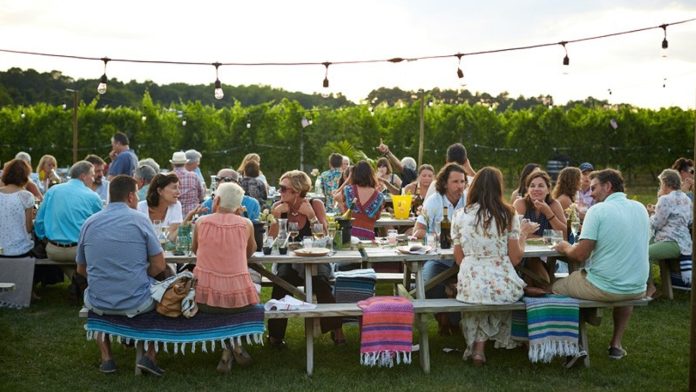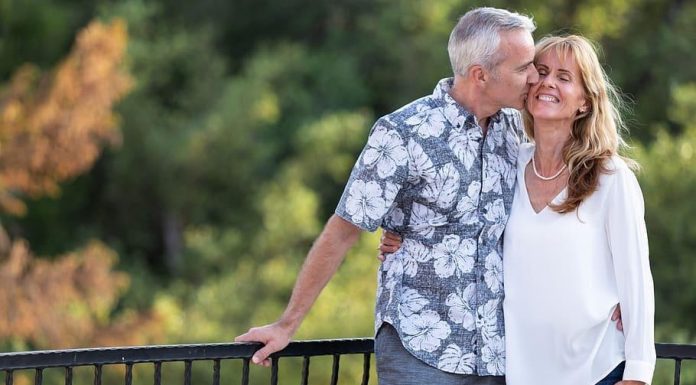When it comes to healthy life longevity, research shows that only about 25% is linked to genetics. The rest is determined by choices people make and the environment they live in. This becomes particularly important as individuals enter retirement years. While the term “retire” means to withdraw and disengage, studies on healthy aging highlight the benefits of remaining engaged, connected and active throughout life.
Retirement planning involves not only considering how long you will live but also HOW you will live and finding ways to ensure a high quality of life. In other words, it’s not just about optimizing your lifespan (i.e., the number of years alive), but also about maintaining a long health span (i.e., the number of years in good health) and wealth span (i.e., the number of years in good financial standing). Aligning these three areas is unlikely to occur by happenchance but through careful planning.
In this regard, PLACE, or where you choose to retire, plays a crucial role, as where you choose to retire helps shape your well-being and health. Consider the following factors:
The physical environment
One of the key factors to consider when choosing a place to retire is the physical environment in which you will live. Mobility, accessibility, and overall comfort of the place you choose to retire in should be important considerations in determining whether a place feels like home and supports the individual’s well-being.
However, it’s not just about the four walls of the home; it’s about the physical environment surrounding the person. This includes the neighborhood, metropolitan area and even the region or country the person chooses to retire in. Each of these aspects contributes to the overall living experience and can significantly impact a person’s physical well-being. For example, access to local parks, coffee shops, or social meeting places can influence the person’s social connections and level of physical activity. While living in areas that are prone to inclement weather can also affect the person’s ability to stay active and lead a healthy lifestyle. Even sleep quality can be influenced by a person’s place of residence.
The social environment
The United States Surgeon General, Dr. Vivek Murthy, recently issued an advisory “calling attention to the public health crisis of loneliness, isolation, and lack of connection” in the U.S. This advisory demonstrates that social connections should also be a key consideration when planning where to retire. A person’s place of residence shapes their social networks and connections. For many people in the second half of life, the right place means being close to family, including grandchildren. Living in a neighborhood where people know and socialize with each other can make creating and maintaining social connections easier.
The psychological environment
Finding your place is not only about the physical location but also about pursuing your passions and developing a sense of purpose. Cultivating purpose can be a challenge for people transitioning from full-time work. Examples of finding purpose could include continuing to work in a more limited capacity, being active in a faith community, or engaging in volunteer work. Where you live can help these opportunities as well as create opportunities to connect with others who share a similar sense of purpose.
Financial well-being
Financial well-being is another crucial aspect impacted by a person’s place of residence during their retirement years. We currently live in an age of longevity, where a significant percentage of the population will reach the age of 100 or beyond. Given anticipated scientific and technological advances, life expectancy is expected to continue to rise, especially for those with a college education and financial resources. Financial advisors often recommend planning for a lifespan of 100 years. In this context, finding your place becomes foundational for healthy longevity.
For many people, housing is a leading expense, but it can also be a significant financial asset. As one looks to optimize financial well-being over an increasingly long life, it is important to manage costs, investment potential and financial flexibility associated with housing. For example, it may make sense to sell one’s home in retirement to free up equity to invest in more attractive vehicles and rent your residence. It could also make sense to invest in energy-efficient appliances or solar panels to lower your operating costs in the future. It could make sense to relocate to a part of the country with a lower cost of living.
Key Factors to Consider When Choosing Where to Retire
Although many individuals express a desire to “age in place,” it is essential to understand the true meaning of this term. Aging in place goes beyond simply staying in one’s current residence. It encompasses the physical environment, community, social connections, financial considerations, and the emotional and psychological aspects of your residence. By thoughtfully evaluating these factors, individuals can make informed decisions that align with their desired lifestyle and contribute to a long, healthy, and socially connected life.
Are You in the Right Place?
A good way to start the search for your right place is to determine the fit of your current home. You can find out – and get some recommendations to improve your place – by taking the free Right Place Assessment on the Here website (here.life).
Place has a significant but often overlooked role in healthy longevity. If you are looking to invest in your health and well-being in retirement, start with planting yourself in your right place and good things will follow.
—






















